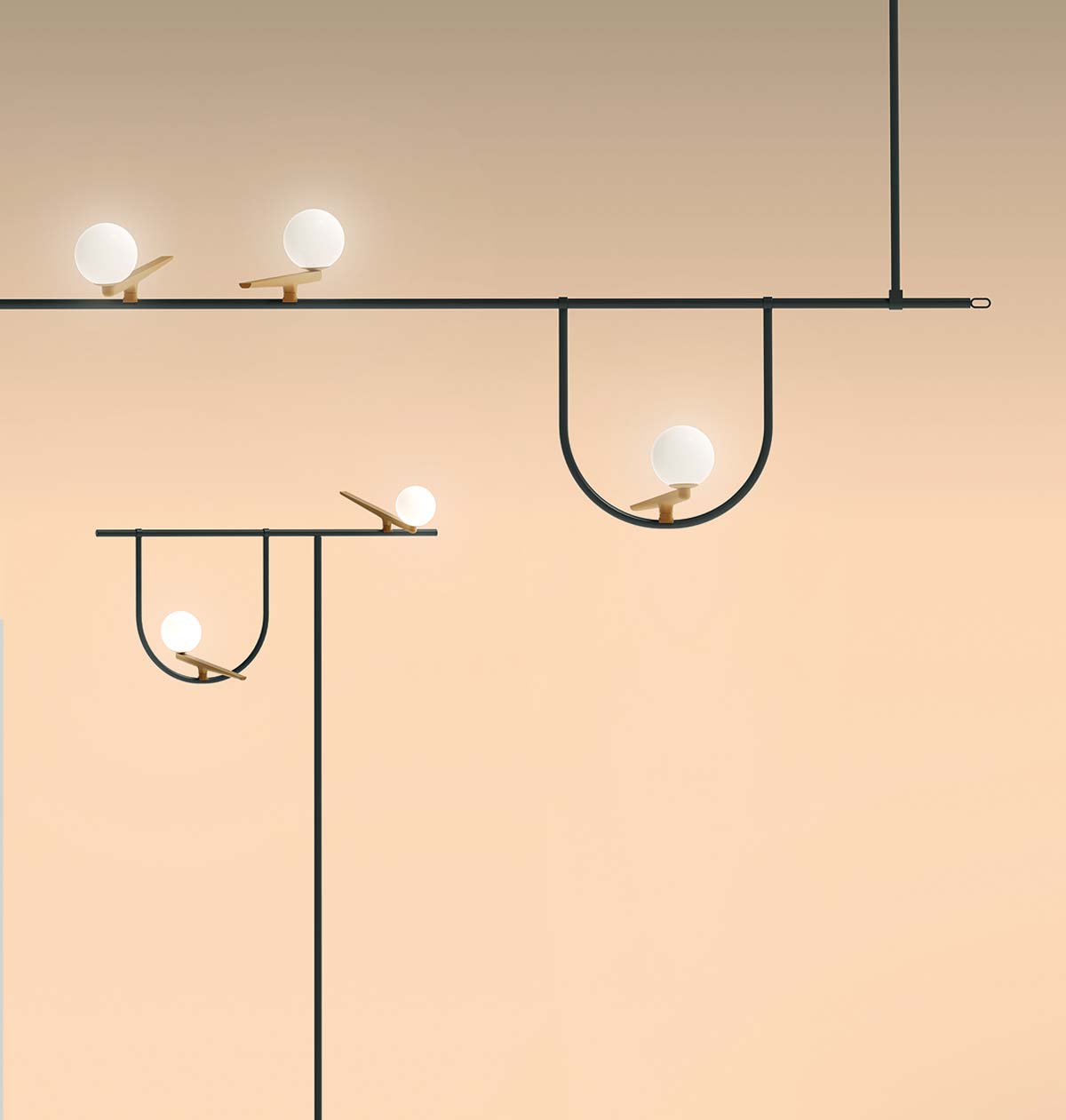Founded in 2004 by partners Lyndon Neri and Rossana Hu, Shanghai-based Neri&Hu Design and Research Office has a branch in London, providing international architecture, interior, master planning, graphic and product design services. We have projects in many countries and employees from all over the world speaking more than 30 different languages. Different cultural backgrounds enhance their team, and the uniqueness of this difference exactly reflects Neri&Hu’s design philosophy: to respond to a global worldview incorporating overlapping design disciplines for a new paradigm in architecture. In 2006, Neri&Hu was founded in Shanghai. It is a handicraft furnishing brand that integrates their thoughts on craftsmanship and Chinese aesthetics.
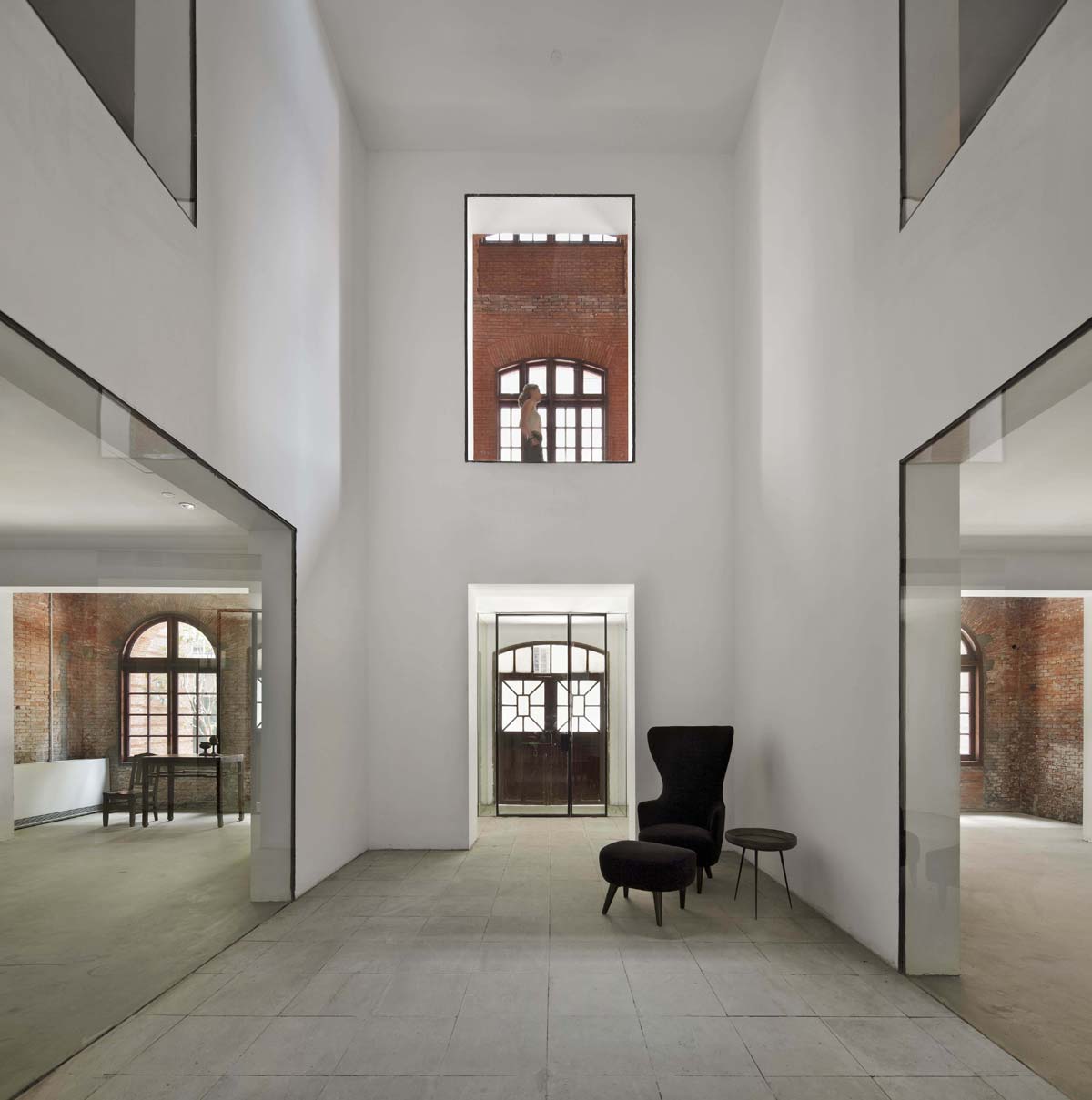
It is not hard to realize that Neri&Hu has covered almost all design aspects. And you do a pretty good job in “integrated operations”. Is this a decision that was made when Neri&Hu was founded?
Of course not. It is actually a natural process. If you go back to Michael Grave’s office design, one of the earliest projects of Neri&Hu, you’ll find that this idea of interdisciplinary design led by architecture almost represents Neri&Hu’s approach to design. We keep an open mind when speaking about design and always try to dodge thinking limitations. Design has no boundaries. In the international design history, many outstanding designers also arrived from other sectors. For example, Alvar Aalto, a well-known Finnish architect, started his career by launching the furniture brand Artek. He also opened a shop and worked as a dealer in Helsinki. Do you see the similarities between him and Neri&Hu? We didn’t know these stories at first, but today when we look back, we feel that “Design Republic with business pressure” and “Neri&Hu capable of sticking to design” might be a rather smart combination. Although Neri&Hu and Design Republic take distinct development paths, we’re pleased to find that these two can serve the common goal of providing more complete design experience in a context where boundaries are being constantly crossed.
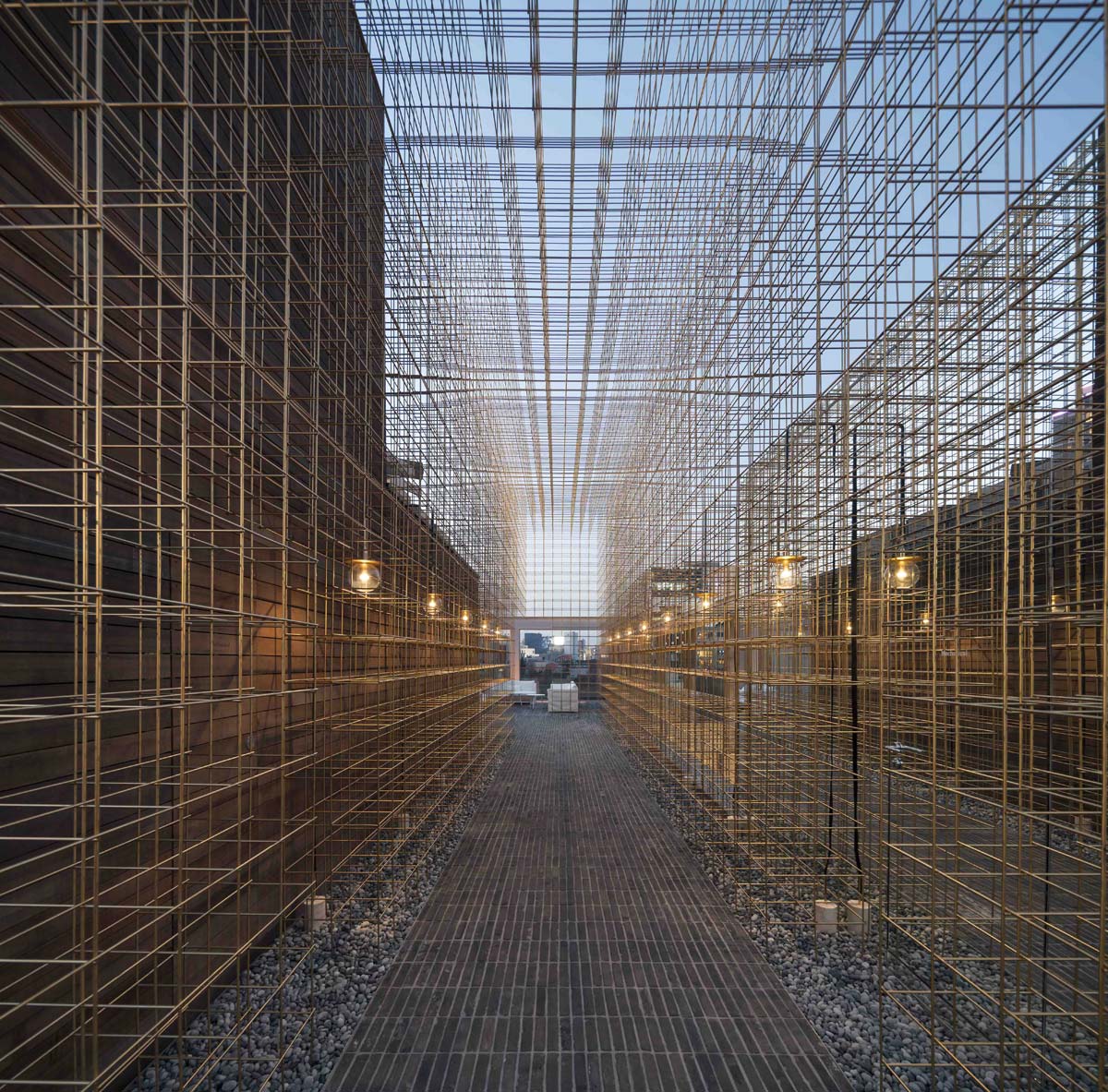
Neri&Hu has been emphasizing the idea of “returning to the essence of design”. How can we interpret “essence”? What is the soul of Neri&Hu?
Almost all designers achieve some kind of self-definition through their design work. The core of Neri&Hu lies in independent aesthetic values, based on which some social, cultural and philosophical expressions are added. If design considerations are described as a pyramid, for Neri&Hu, the part that lies at the root is the reflection about functionality. Solving functionality problem is the prerequisite for design. On the top level, we will inject a bit of “personal understanding” – commercial comment, cultural criticism, or some humorous elements. At the same time, we think about our commitment to society. Whether a real estate project or a piece of furniture, we believe that design will highlight the creative value.
At first, when people talked about Neri&Hu design, they liked to use “light industrial style” to describe the strong impact from the minimalist designs of Neri&Hu at the time. In recent years, Neri&Hu’s projects have become more diversified and mature, so how should we define Neri&Hu’s style?
Although it is inevitable to mention style concerning art and design, Neri&Hu really doesn’t think too much about “style”. If we have to name it, we believe that the “look” of Neri&Hu’s works is the result of the materialization of our thoughts, representing the conversion process in which our thoughts become reality through form, color, material, space and perception. Of course, we not only design what we like. For every project, we need to meet the needs of customers and keep in mind the problem we are solving. Therefore, in addition to “appearance”, the elements added into the space are all required by the project.
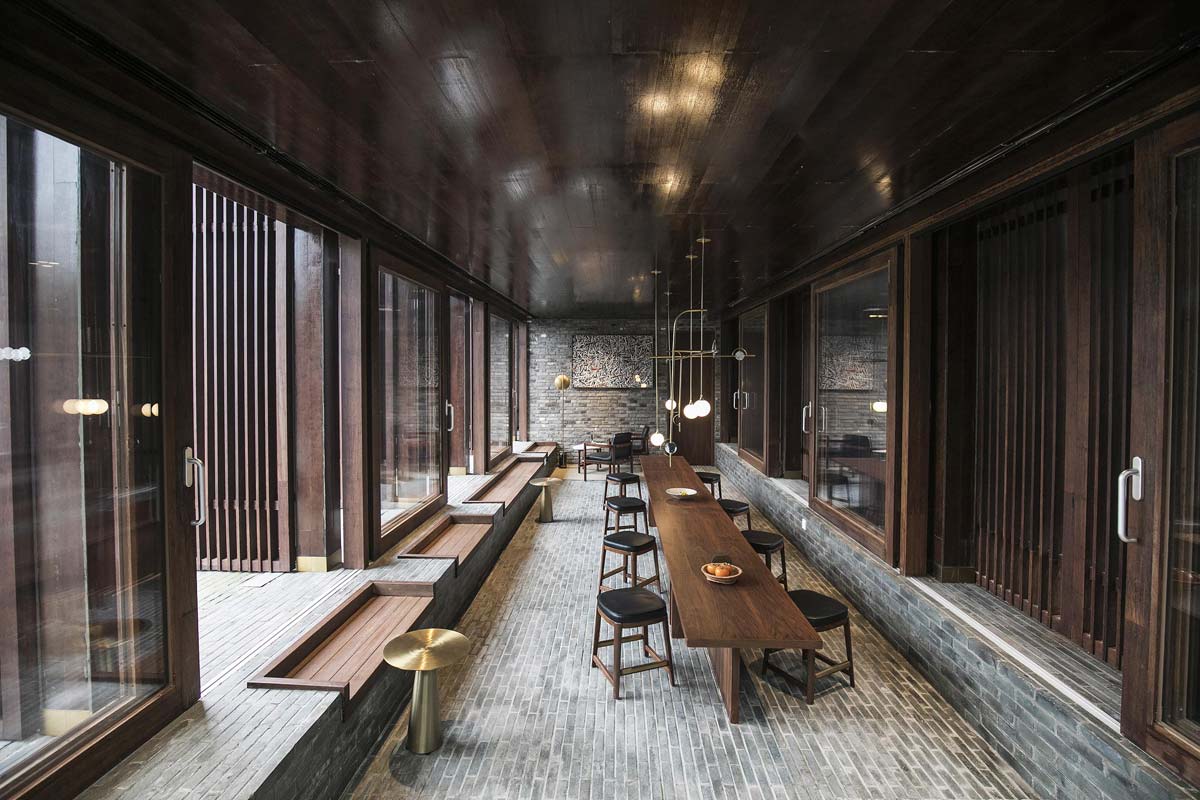
What about your latest completed projects?
Yangcheng Lake Villas and Tsingpu Yangzhou Retreat are two of the projects completed this year. For example, Tsingpu Yangzhou Retreat is located near the West Lake in Yangzhou. As the site is dotted with small lakes and established buildings, the 20-room boutique resort was quite challenging for Neri&Hu. The owner hoped to make adaptive reuse of some of the original old buildings by giving new functions to them, while adding new buildings to meet the accommodation needs of the hotel.
Inspired by the architectural form of Chinese courtyard, we used two distinctive elements in the field – walls and courtyards- to frame the layout of walls and corridors and integrate the scattered space to form a multi-courtyard enclosure. Like the traditional courtyard, the courtyards make the interior of the space varied. The walls made of grey recycled bricks add a lot of cultural sense and mystery to the scene. We hope to redefine traditional architecture through the raw materials and the creation of delicately stacked spaces.
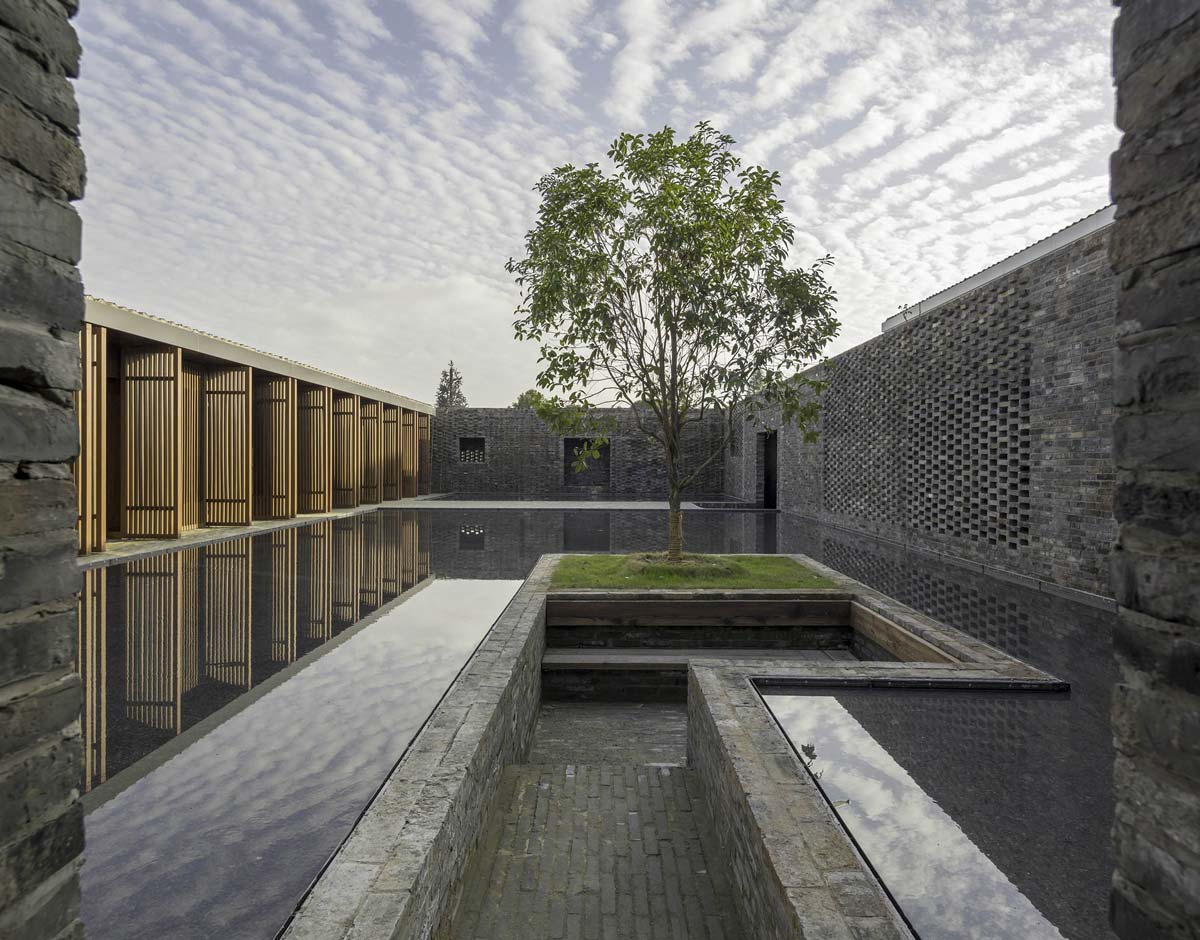
The design concept of Yangcheng Lake Villas features a similar concept, yet focuses more on observing the ecology of Chinese villages and habitation behavior in the new era, trying to create an example that reflects modern Chinese lifestyle. In our definition of suburban living space, landscape is no longer defined as outdoor space alone. Footpath, threshold, central landscape and other common elements in Chinese-style gardens are set organically in every corner of indoor and outdoor.
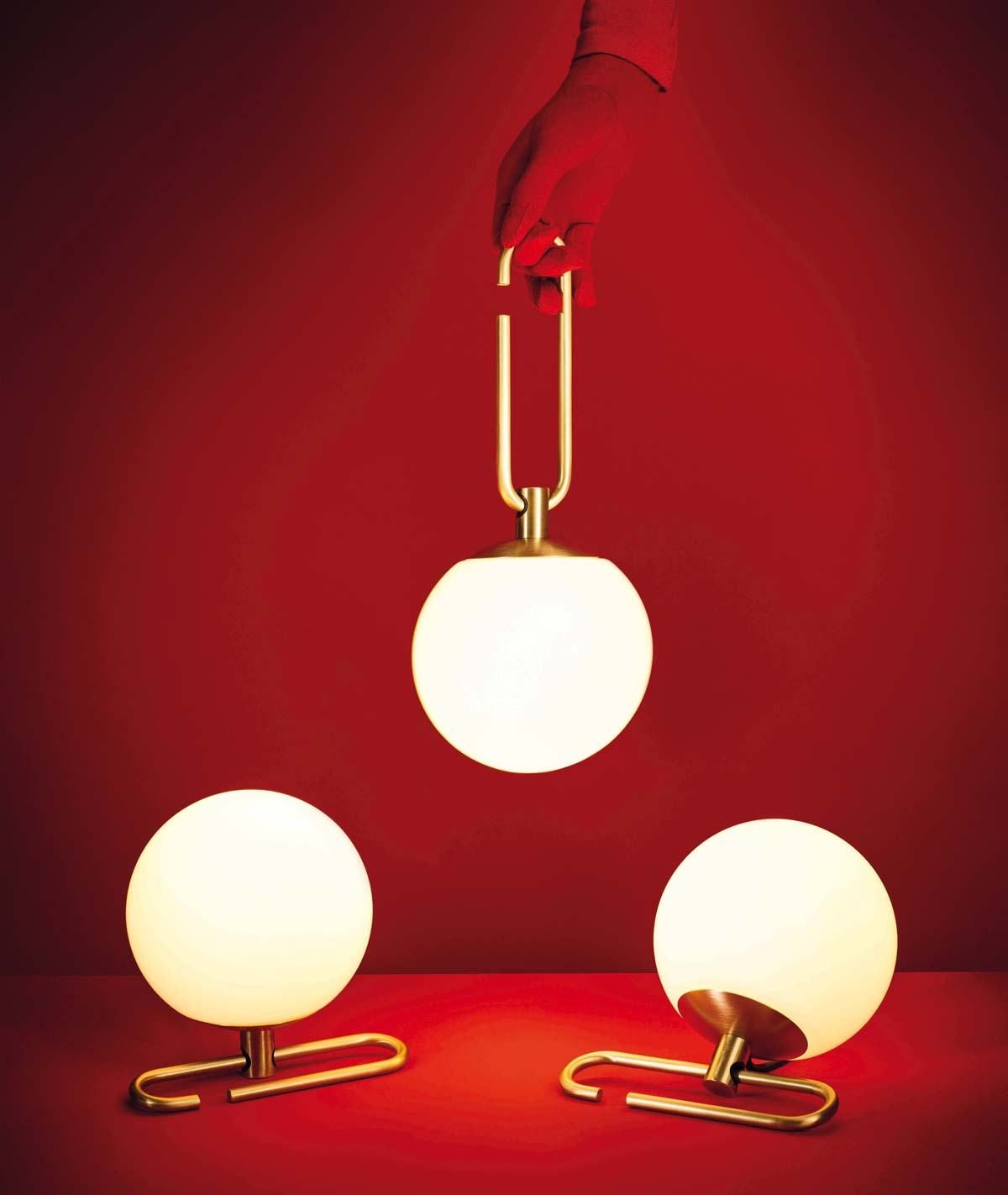
Which one of Neri&Hu’s product designs left a mark on you?
Last year, we worked with Artemide, an Italian lighting brand, and designed the Yanzi collection. It achieved great success. This collection reflects Artemide’s brand philosophy of “The Human Light”. It was inspired by the vivid images of birds resting on branches. Brass Yanzi lamps of various shapes stand on a black rack, showing the respect for the nature and the city, full of a particular sense of humor as well. The Christmas limited-edition collection also features a simple glowing globe with flexible ring-shaped brass accessories. The structures recall the pattern of pins, combining the functions of chandeliers and desk lamps as they can be placed at any angle.
